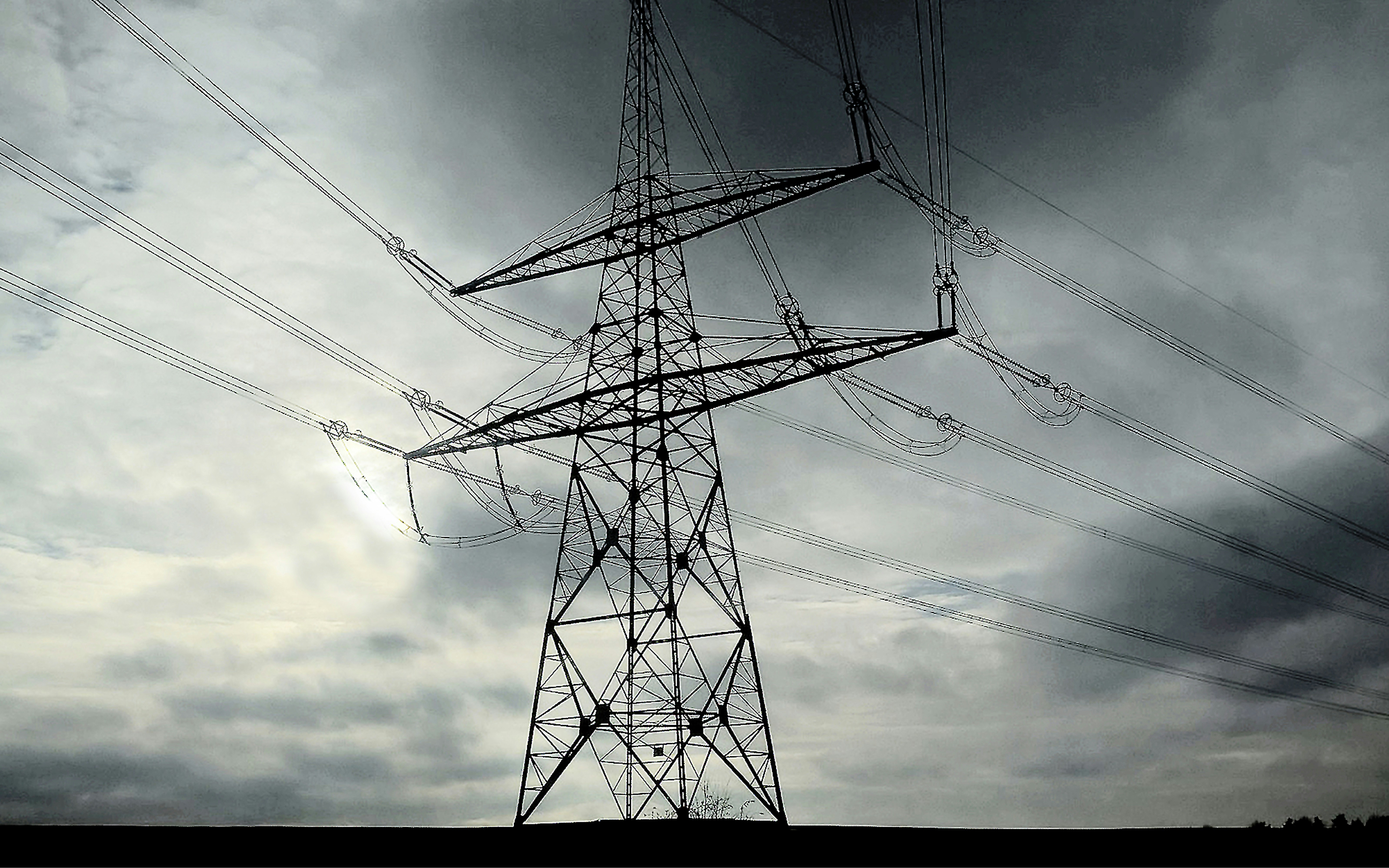Green
The translation of the heading to English is: "Coal power generation increases in October – expensive gas and little wind as main reasons.
The low wind and gas prices have resulted in an unusually high amount of coal-generated electricity at the beginning of autumn.

In October, Germany recorded a significant increase in coal power generation: Around 29 percent of electricity last month came from coal power plants, the highest share this year, according to data from the Fraunhofer Institute for Solar Energy Systems (ISE). The increase is mainly due to a decline in wind energy and higher gas prices, which made operating coal power plants appear more economical.
An unusually windless October significantly reduced the performance of wind power plants compared to the previous year. As renewable energies delivered below average, fossil fuels stepped in more frequently, with coal being used more intensively than natural gas. In wholesale, the gas price rose to over four cents per kilowatt-hour (kWh) in October, making coal a cheaper alternative for many power plants, explains Till Stehr, a gas market expert at the price agency Argus. Overall, almost three times as much electricity was produced from coal as from gas in October – an unmatched ratio so far this year.
The increased gas prices resulted from a combination of factors: In addition to geopolitical tensions in the Middle East, a cooler autumn and increased LNG costs due to higher demand from Asia affected the market. Additionally, maintenance and unplanned shutdowns of Norwegian production platforms are causing temporary supply shortages, intensifying the competition for liquefied natural gas (LNG) between Europe and Asia.
While the October balance for coal-generated electricity was unexpectedly high, the overall forecast for 2024 appears more favorable so far. Since the beginning of the year, the share of coal power is around 22 percent—a decrease compared to 2023—while the share of renewable energy has increased to nearly 65 percent.






